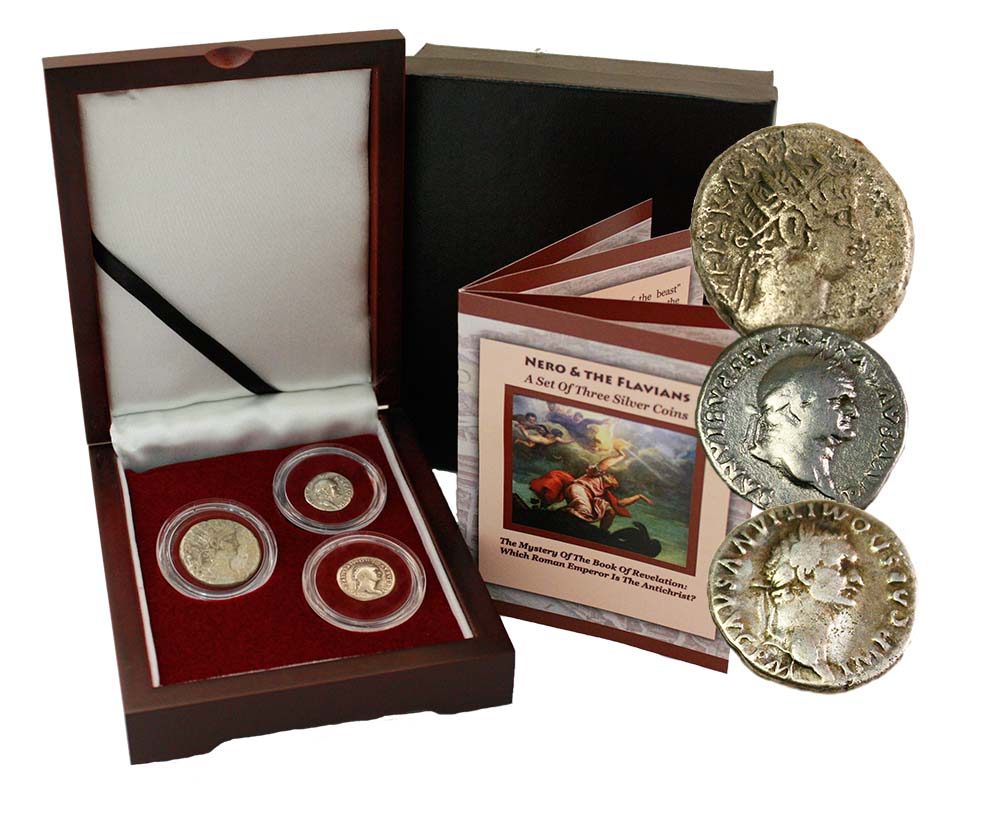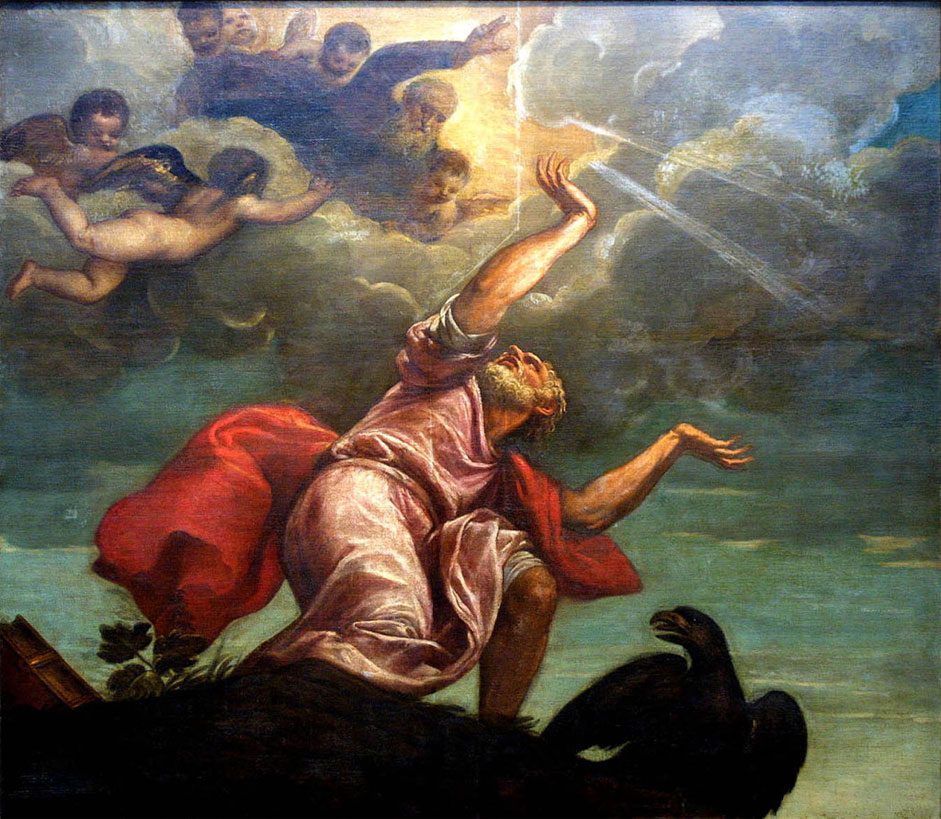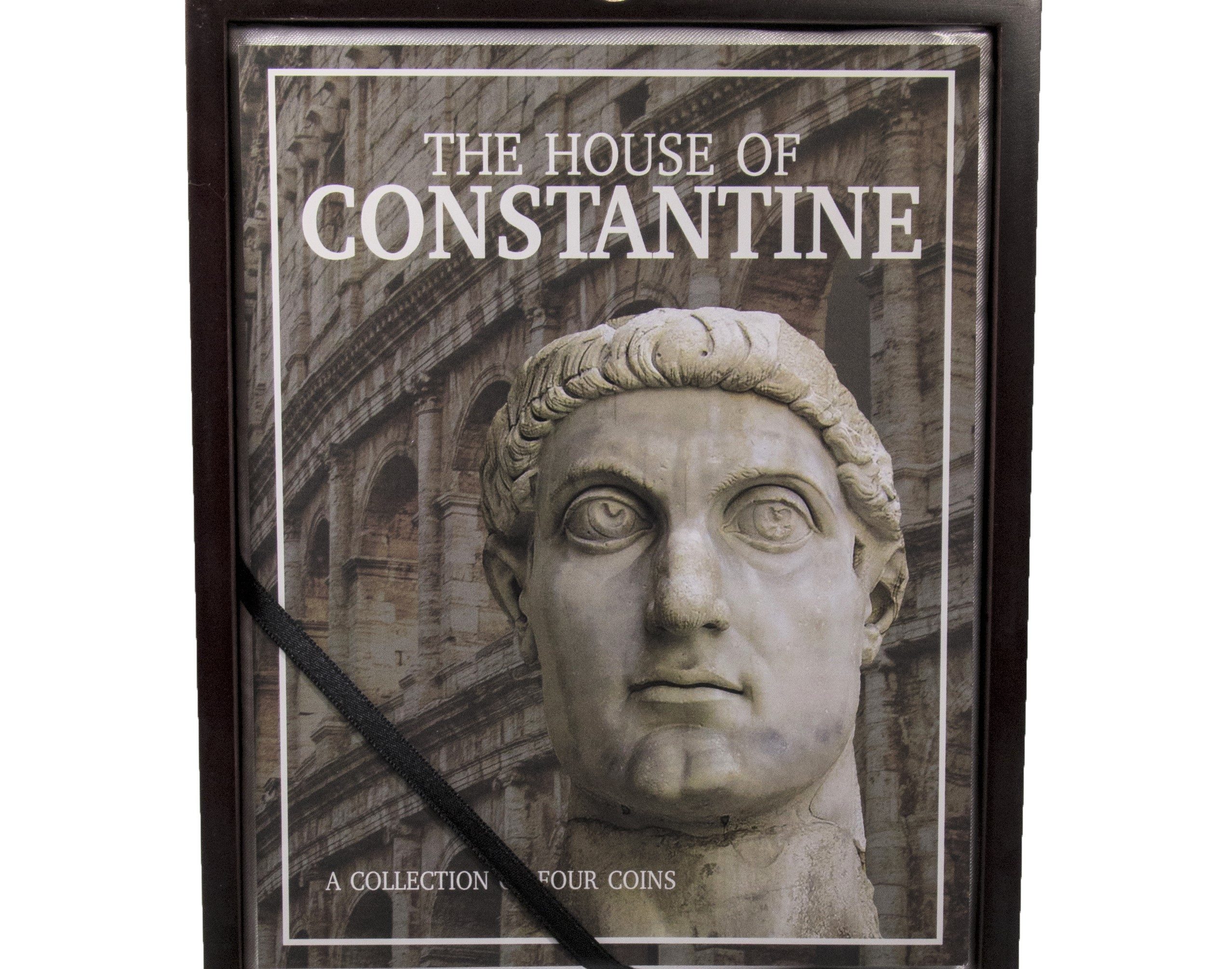The Mystery of the Book of Revelation: Which Roman Emperor is the Antichrist?
The Apocalypse of St. John the Divine—better known as the Book of Revelation—is the final book of the Christian Bible, and also the strangest. Its prophesy of the End of Days is filled with veiled references, obscure symbols, and enigmatic allusions, the most famous being Revelation 13:17-18: “No one may buy or sell except one who has the mark or name of the beast, or the number of his name, and his number is 666.”
For two millennia, this mysterious sentence has both attracted and baffled the finest minds in Christendom, from early Church fathers Irenaeus and Augustine, to modern scholars Robert Graves and Elaine Pagels. Who, or what, is “the beast”? What does the beast have to do with buying and selling? And what is the meaning of 666?
Most scholars agree that John is referring to the Roman Empire. As Pagels puts it, “What John did in the Book of Revelation, among other things, was create anti-Roman propaganda that drew its imagery from Israel’s prophetic traditions.” To understand why John would harbor such strong sentiments, we have to turn to the history books.
John was likely a witness to the absolute destruction of Jerusalem after the Roman-Jewish War of 66-70. The city was reduced to rubble, and most of its inhabitants slaughtered. Banished by the prevailing Roman authorities in the aftermath of the war, John found himself at Patmos, a small island in Asia Minor, where, some 20 years after the disastrous rebellion, he wrote his Revelation. Witnessing such utter destruction of the Holy City, he had good cause to view Rome as an agent of evil, and its Augustus as the Antichrist—the beast.
In Revelation 13:17-18, John rails against the economic system imposed on the Jews by the Romans, specifically the Roman currency—silver tetradrachms and denarii—that replaced the Jewish coins of the earlier period. The “name of the beast” is the Emperor’s title. The “mark” is the denomination. And it goes without saying that without coins, there can be no buying or selling. “The beast” is the Antichrist, clearly the Roman emperor, whose numerological name reduces to 666. The question is, which one is John talking about? There are three candidates:
Nero (37-68)
This notorious persecutor of early Christians, under whose hapless watch much of Rome burned to the ground, committed suicide in 68 AD, plunging the empire into a period of chaos called the Year of the Four Emperors. His body was allegedly never found, so the legend of Nero’s return as the Antichrist was cited by numerous contemporary sources, including the Sibylline Oracles, and the story remains a fixture in Catholic Bible commentaries. In Hebrew, “Nero Caesar” is NeRON QeiSaR, which letters numerologically total 666.
Vespasian (69-79)
When Nero died, his best general Vespasian was in Jerusalem, fighting the Jewish rebels. After returning to Rome to maintain order in the chaos, he took the throne, and was the Emperor when his elder son, Titus, laid waste to the Holy City. Over one million people died in that war, most of them Jews like John. Vespasian was probably the Emperor whose delegates banished John to Patmos. Using the numerological system of gematria, his name also reduces to 666.
Domitian (81-96)
Domitian, Vespasian’s other son, ruled as an absolute dictator and was a notorious persecutor of Christians. Expressed in Roman numerals, 666 is DCLXVI—the first six numeric letters of that writing system. The scholar Robert Graves concludes that this stands for Domitius Caesar Legatos Xti Violenter Interfecit—which translates roughly to “The Emperor Domitian violently killed the ambassadors of Christ.” It is also likely that Domitian was the Emperor while John was writing his Revelation.

Certificate of Authenticity
This collection contains silver coins of the three emperors thought to be the Antichrist mentioned in the Book of Revelation. Portrait and legend are on the obverse; reverses vary, but tend to feature religious or military themes.
- Nero (54-68) tetradrachm
- Vespasian (69-79) denarius
- Domitian (81-96) denarius
For wholesale information on this set, click here.



